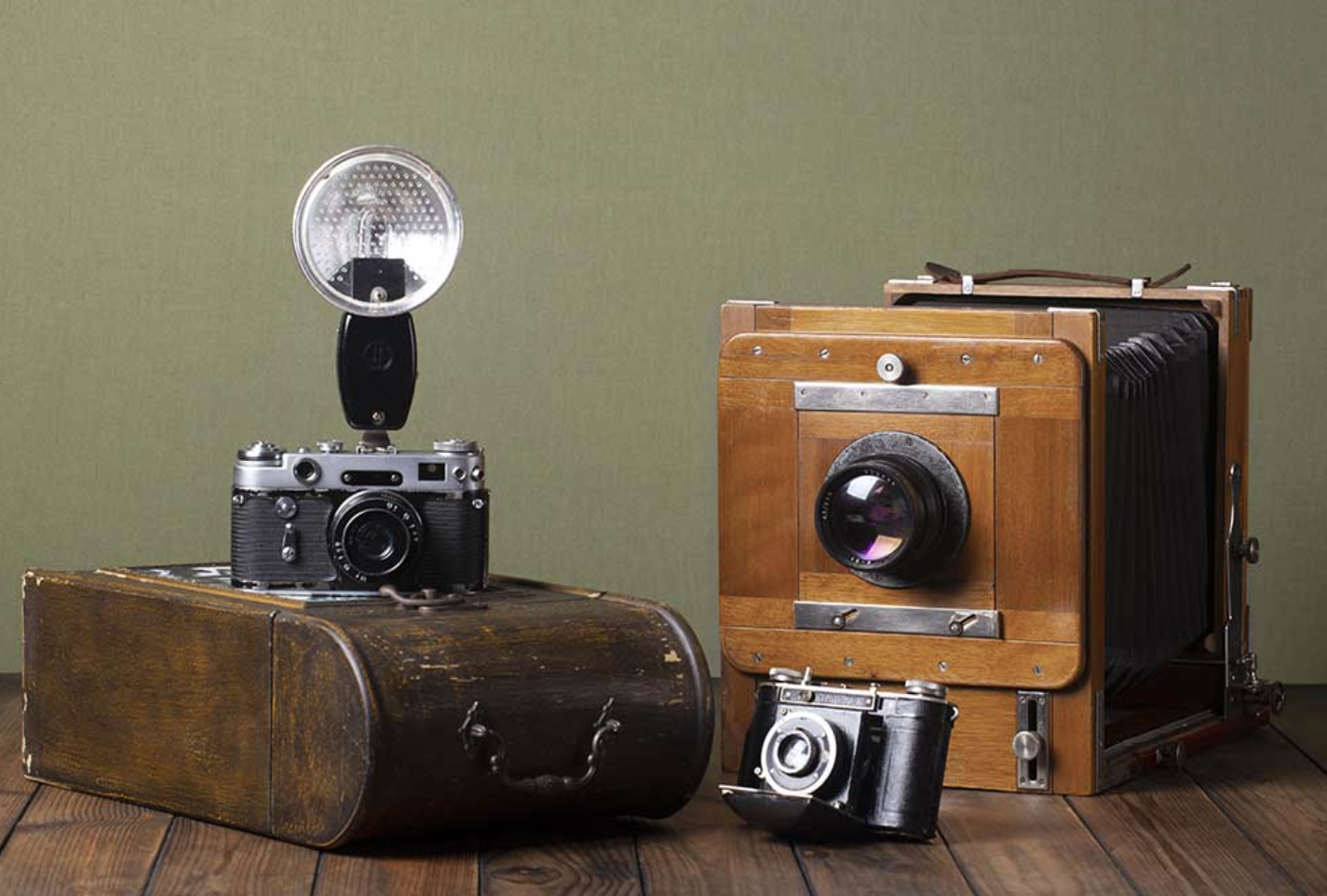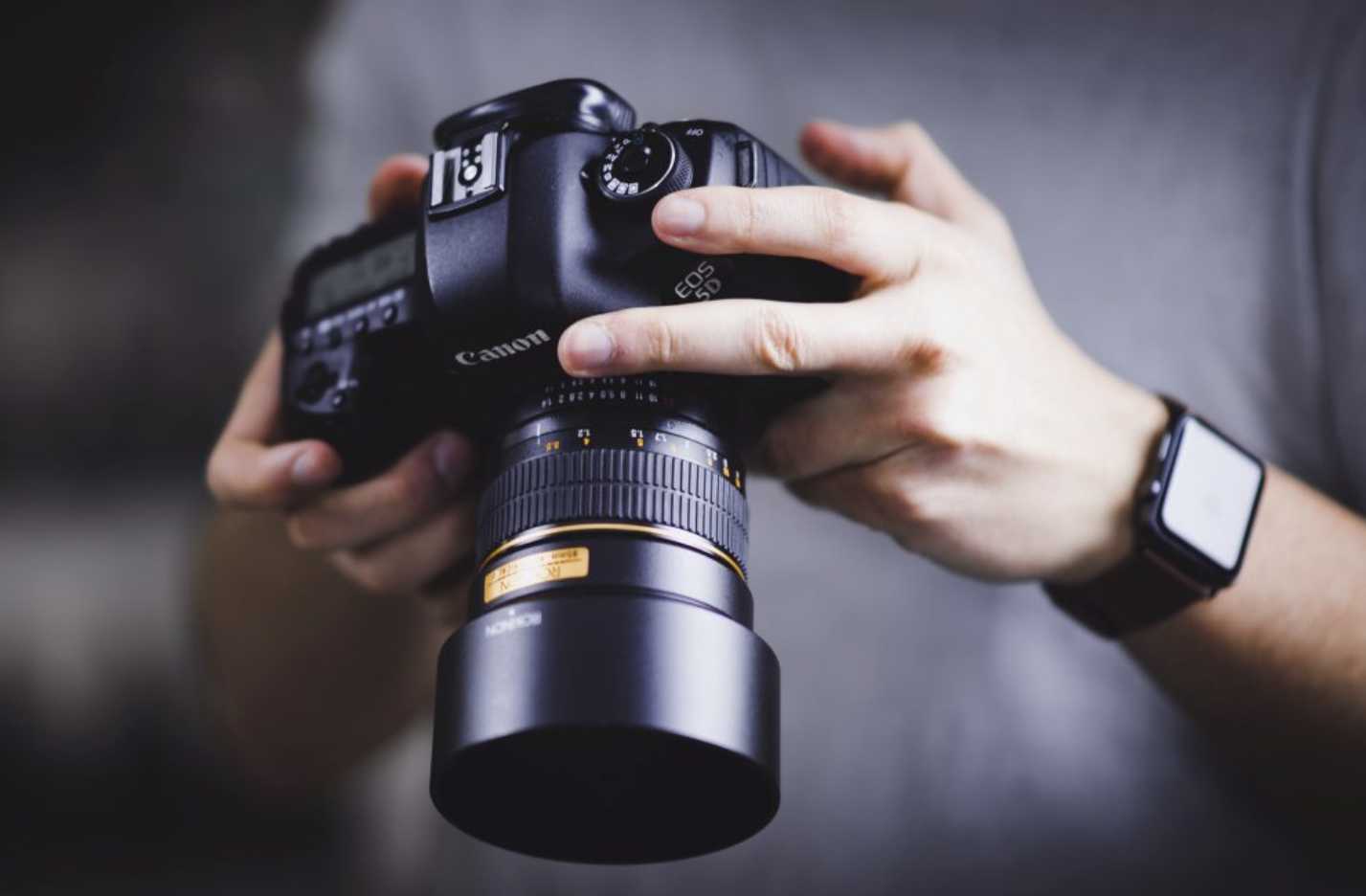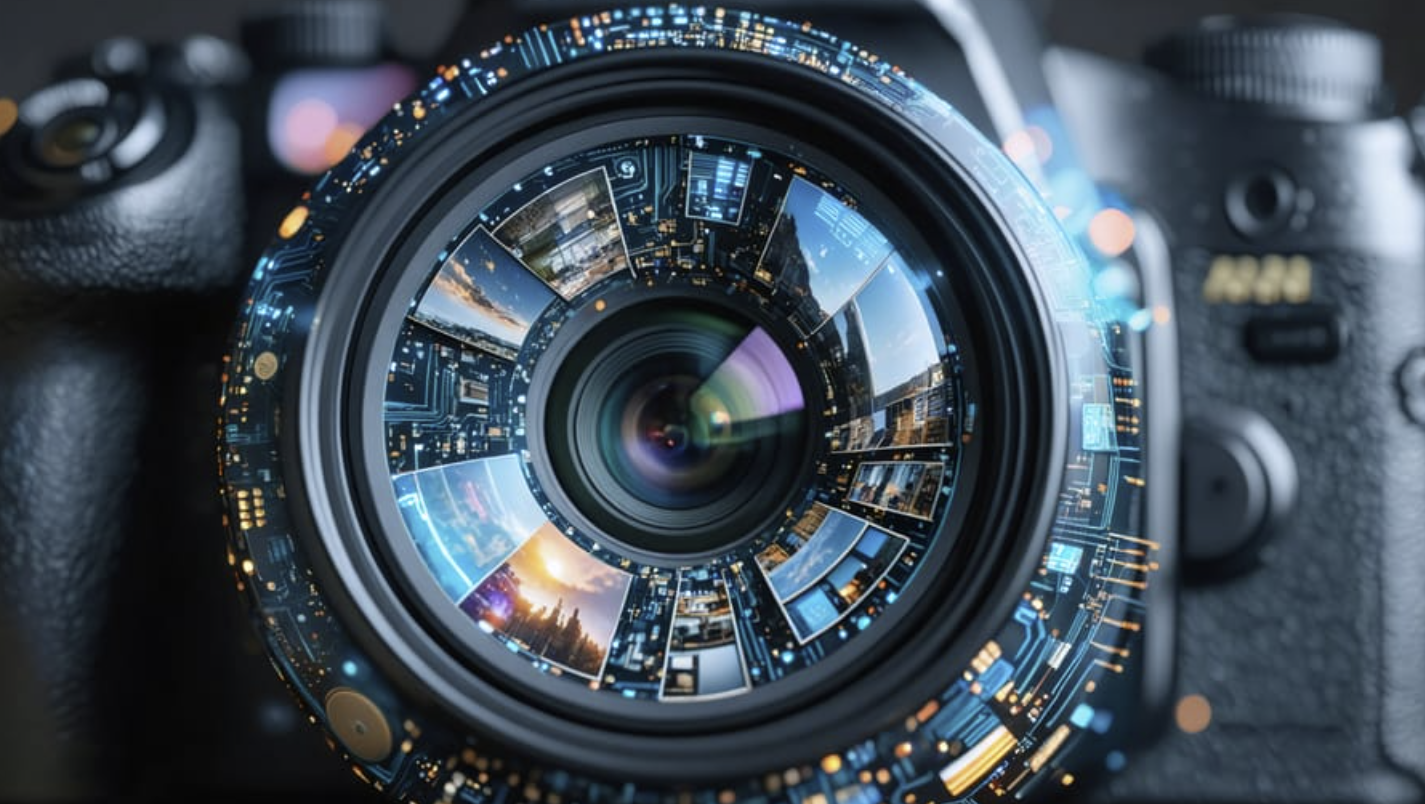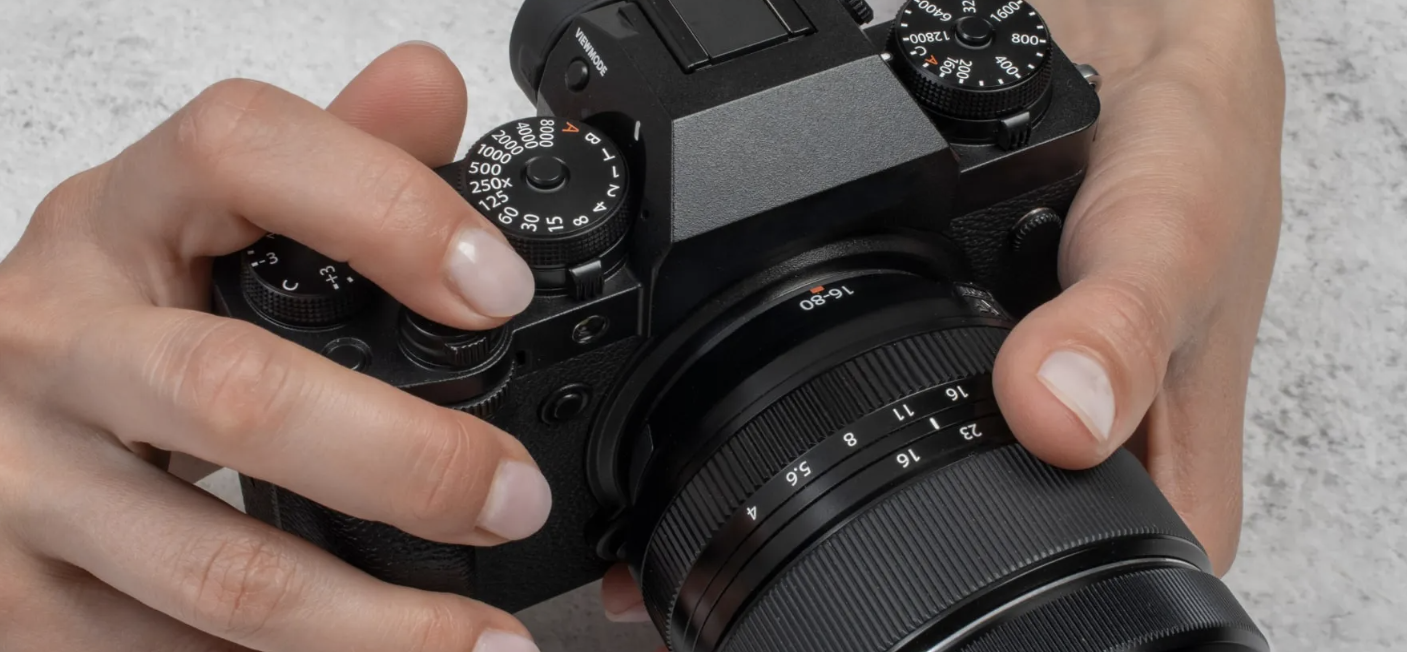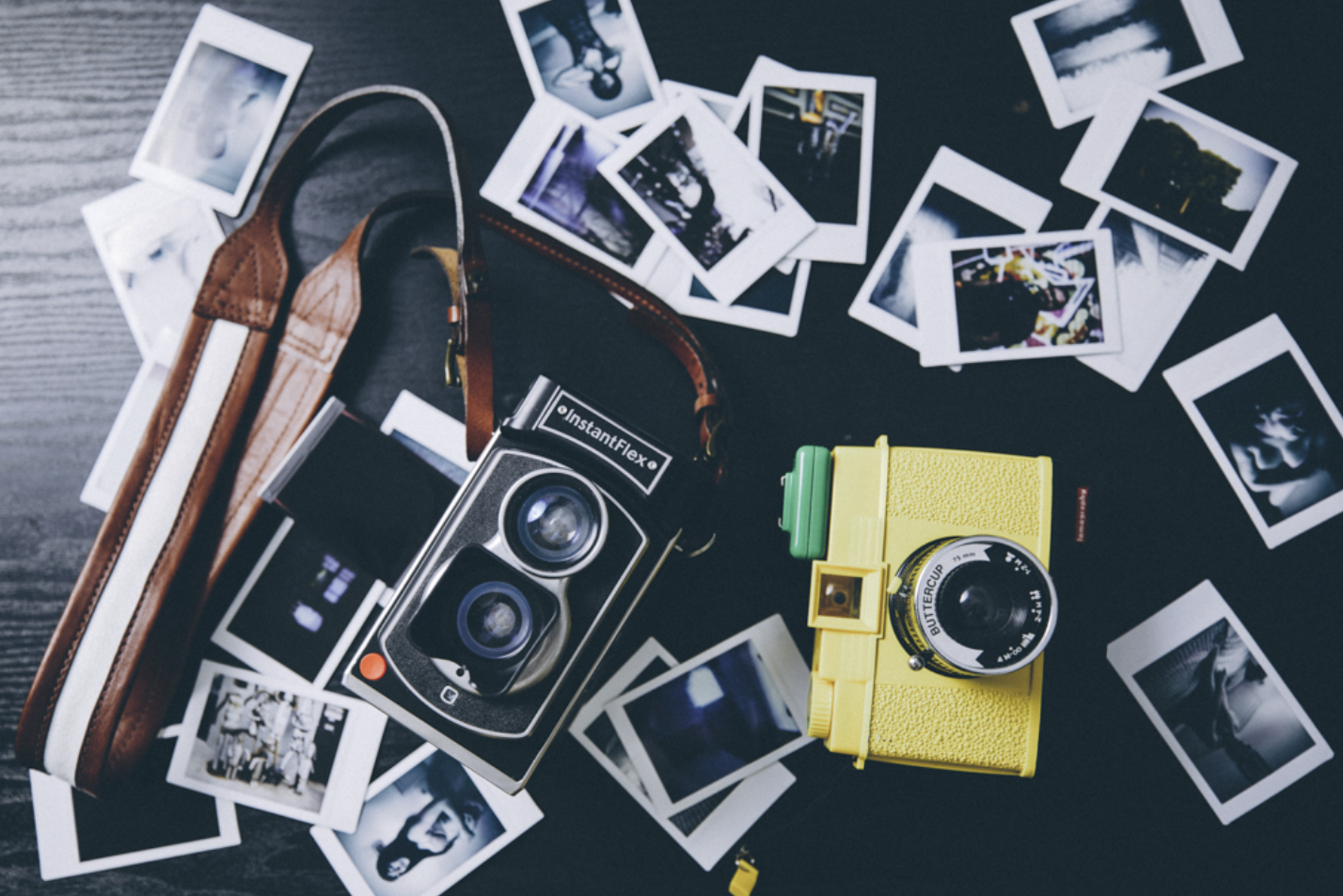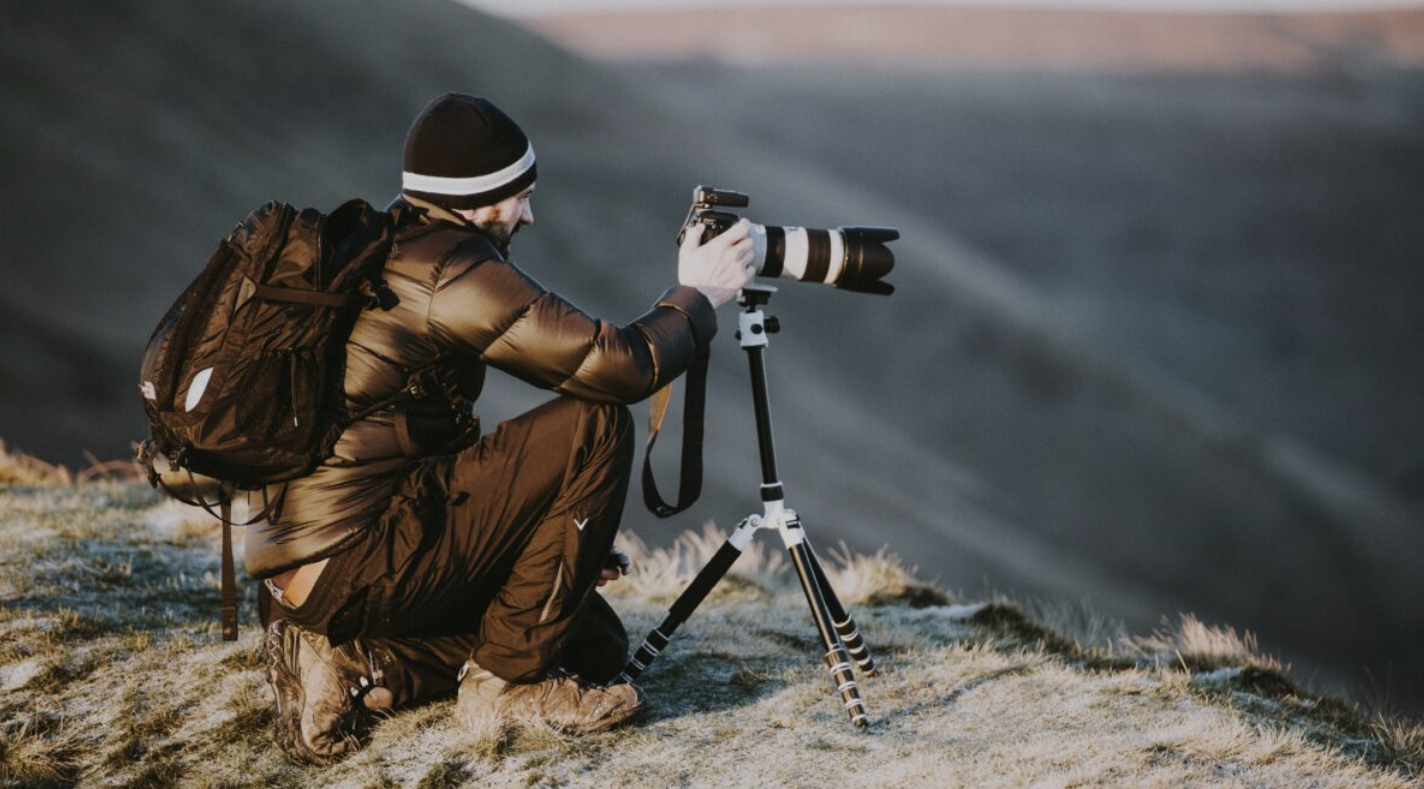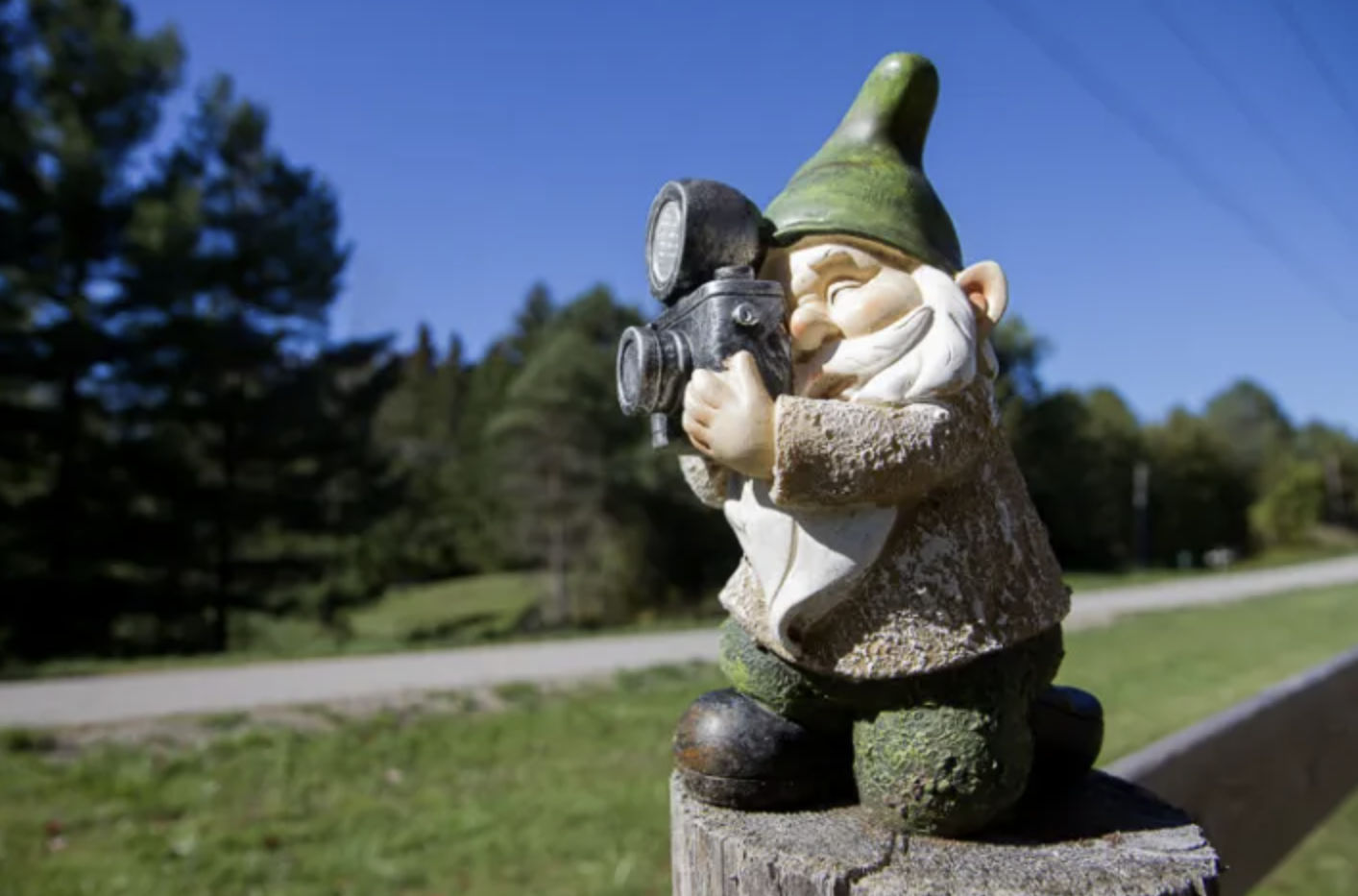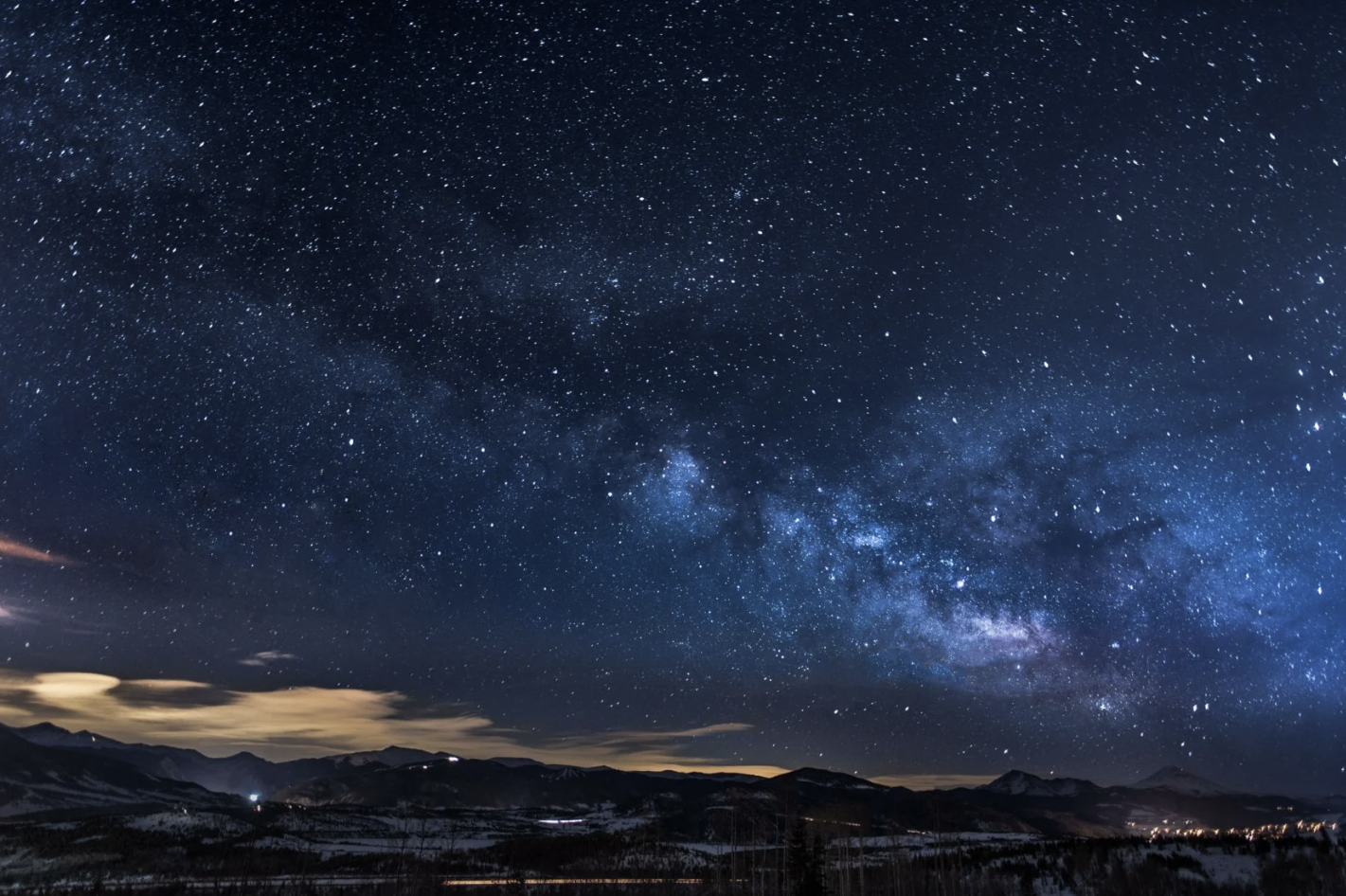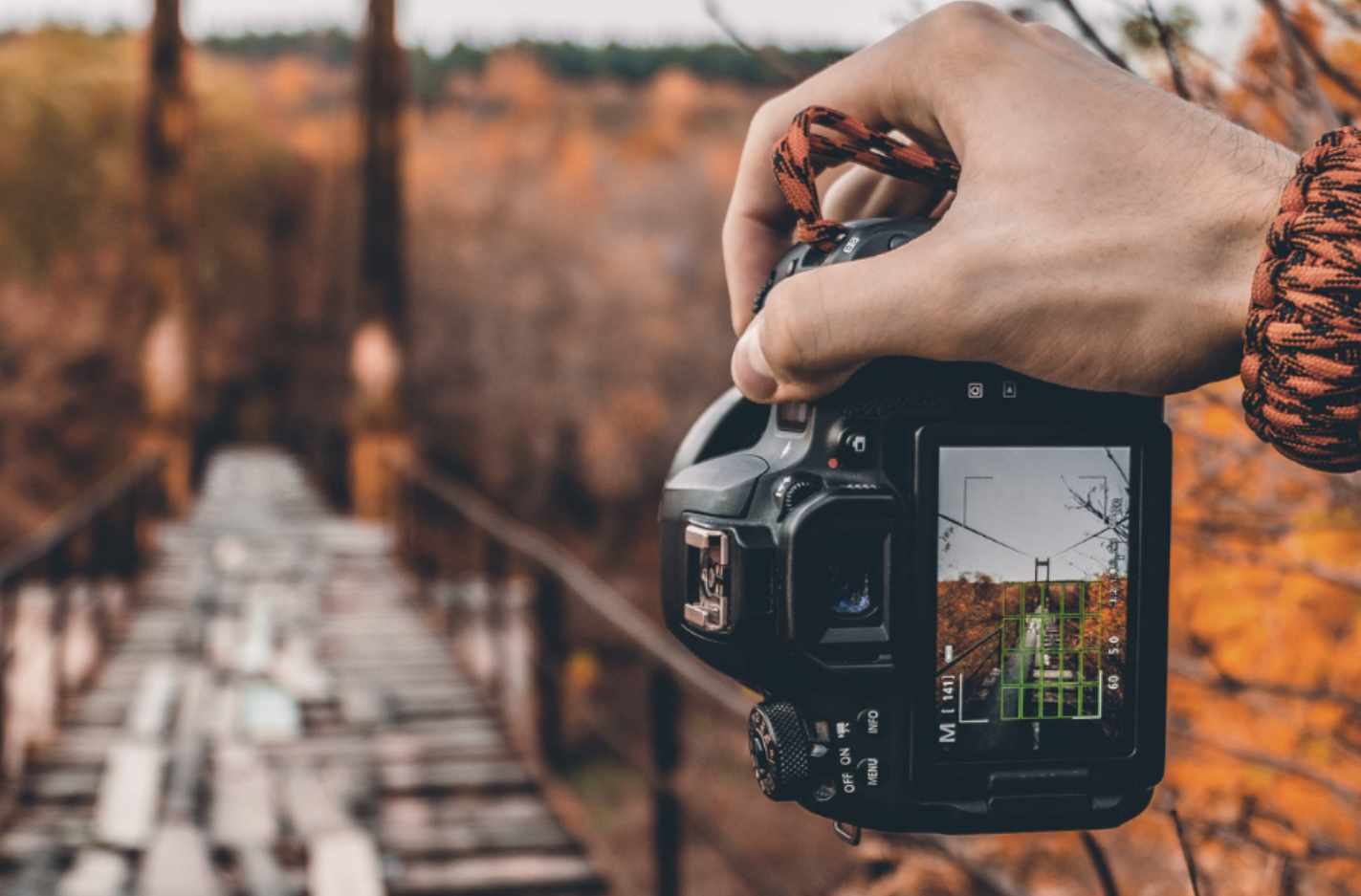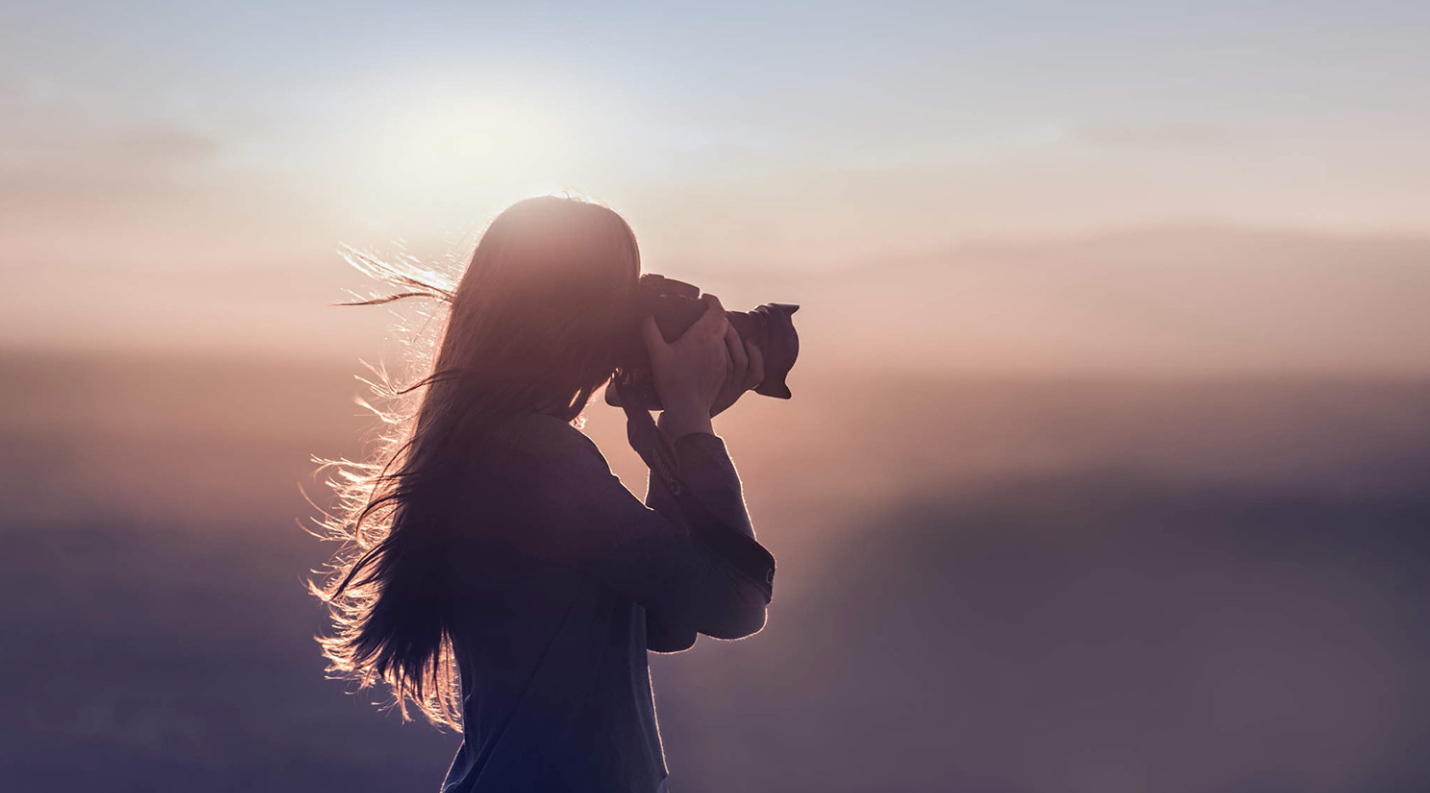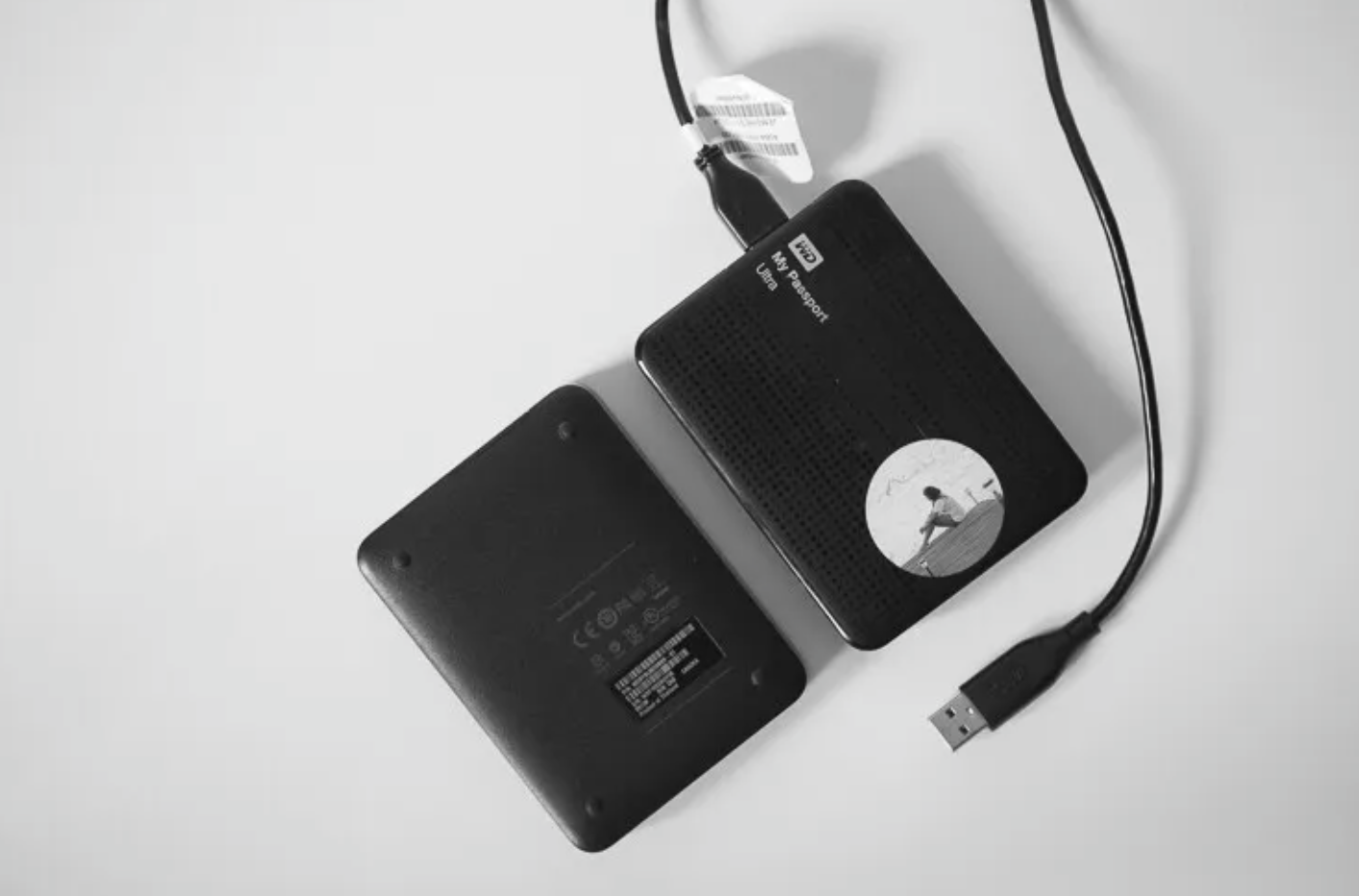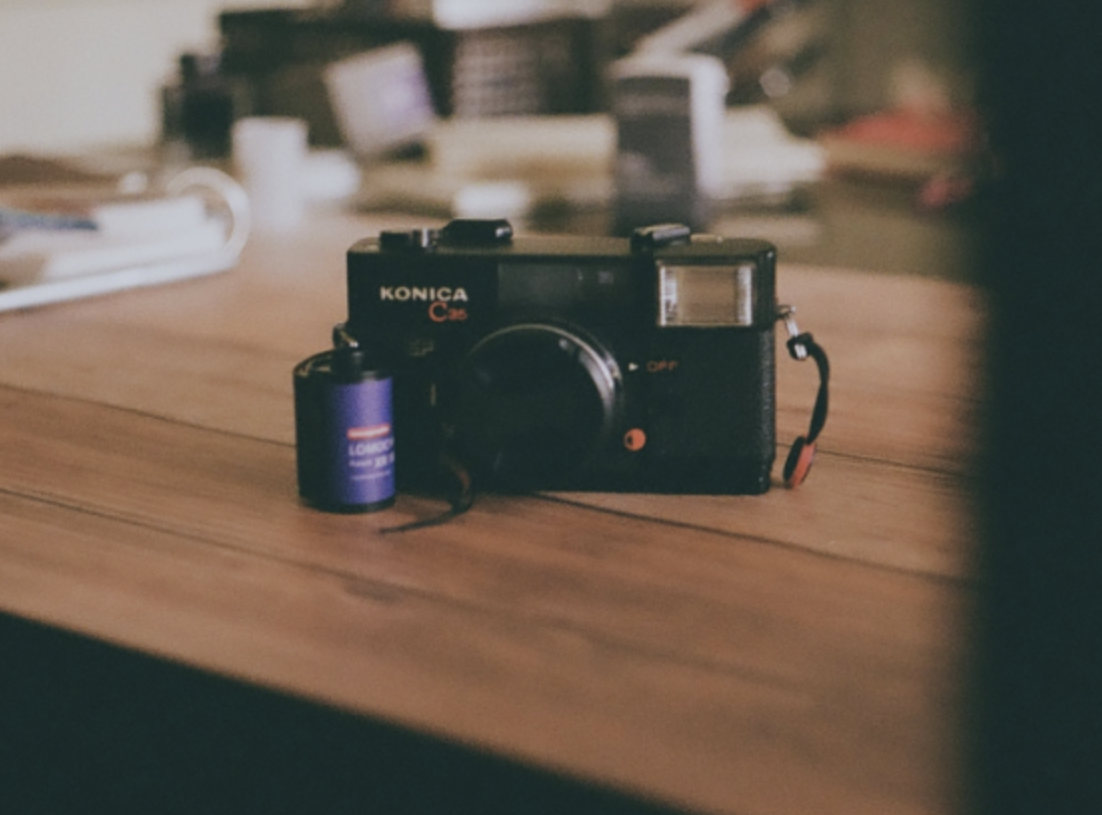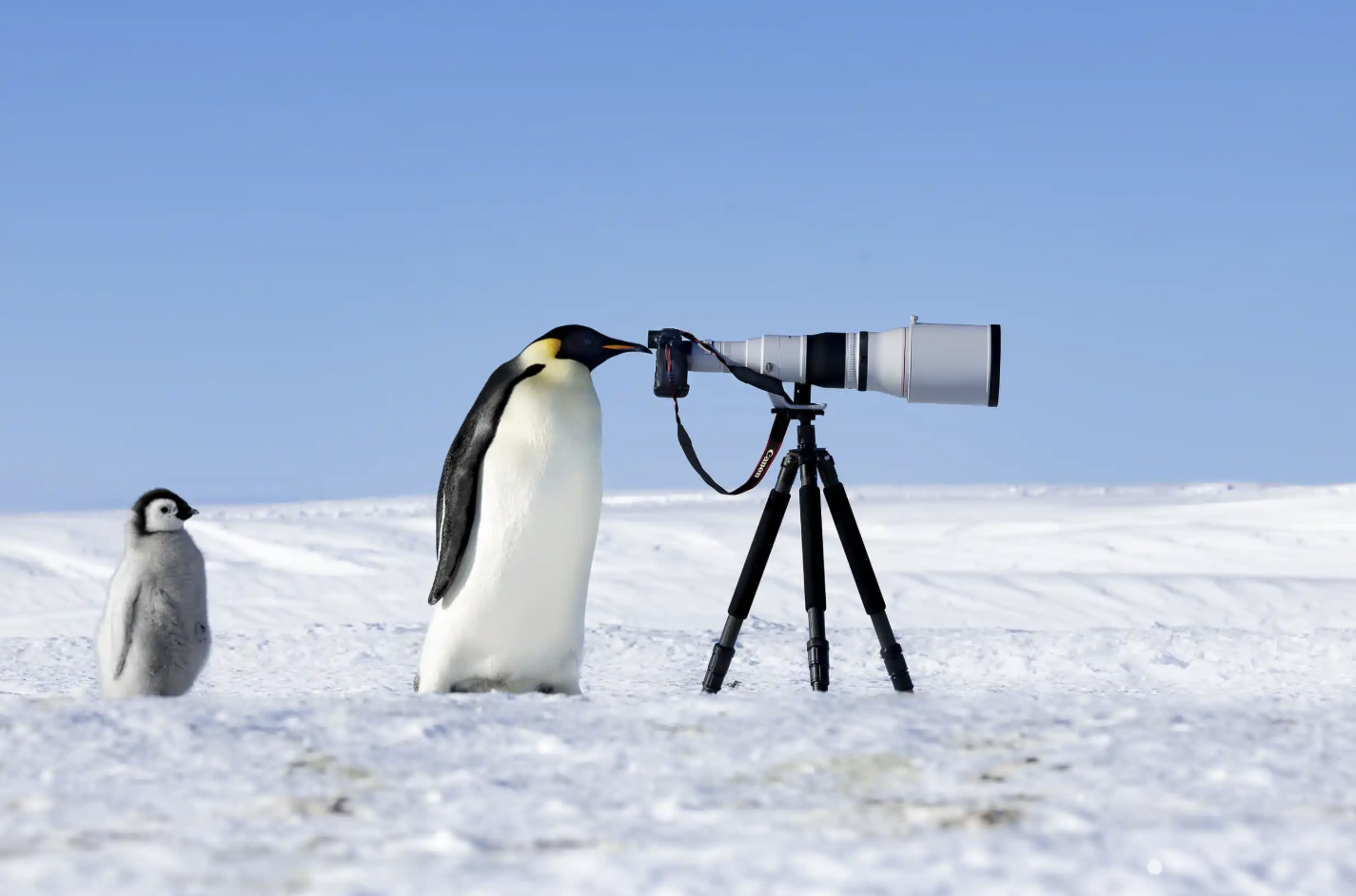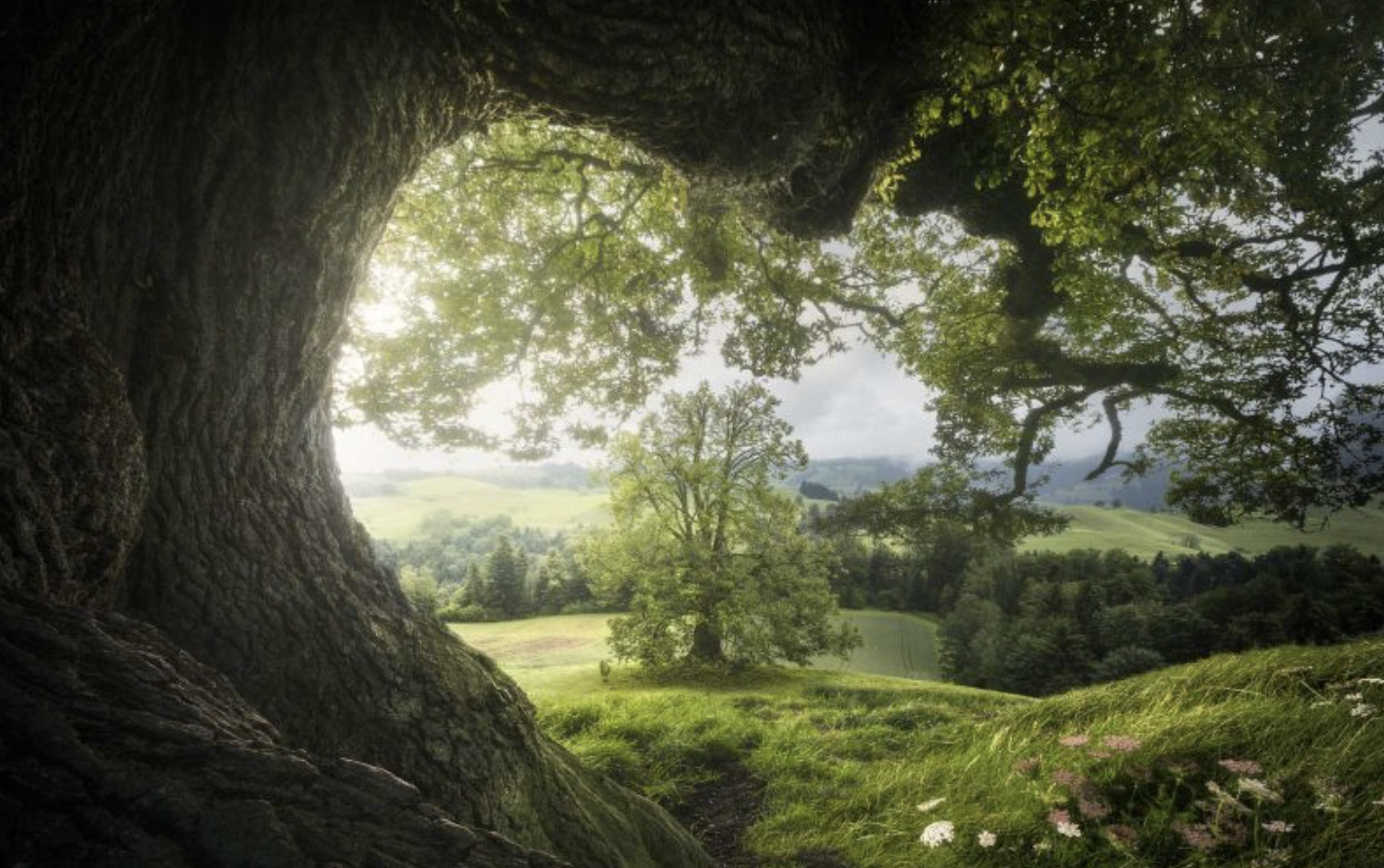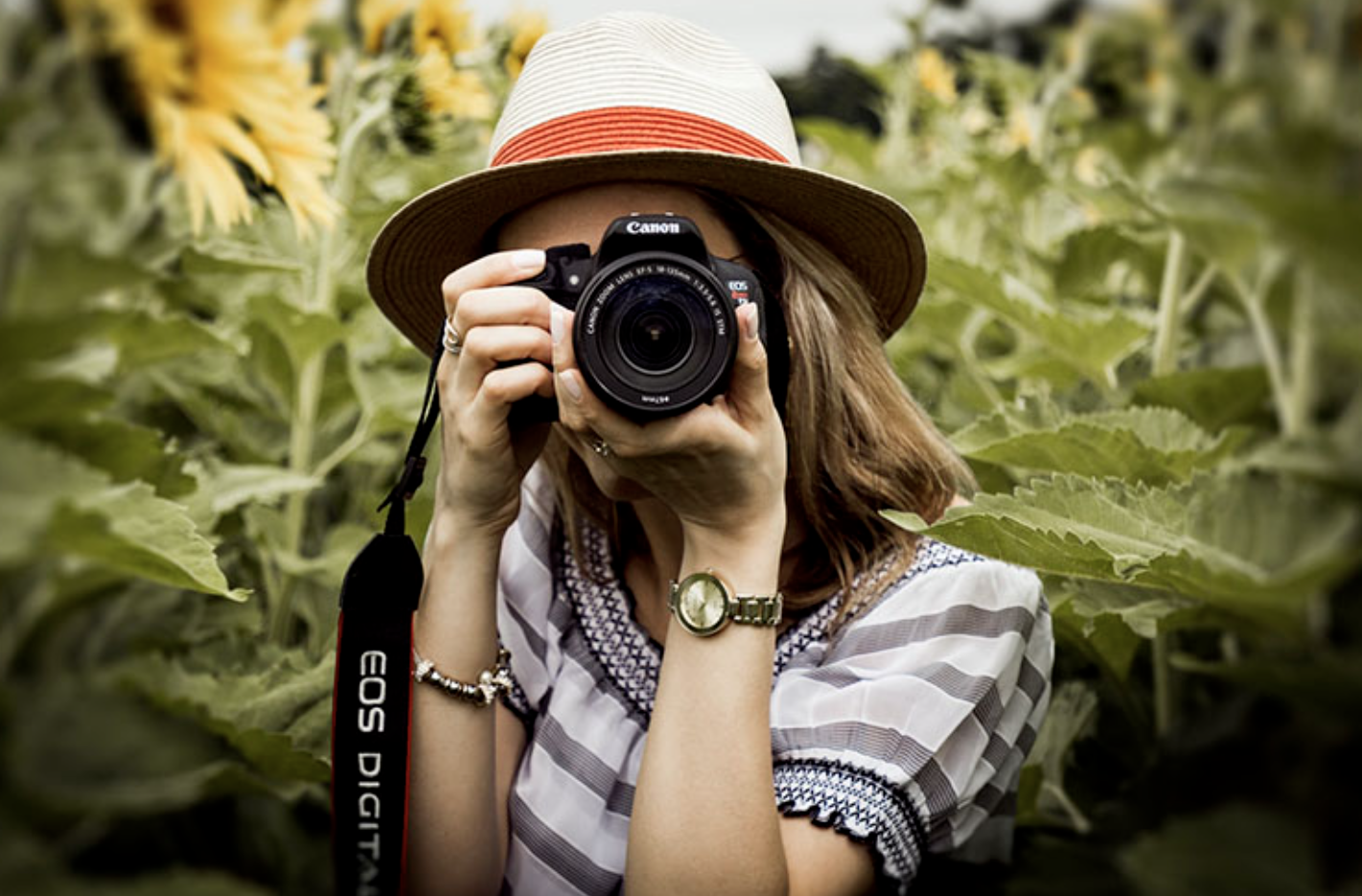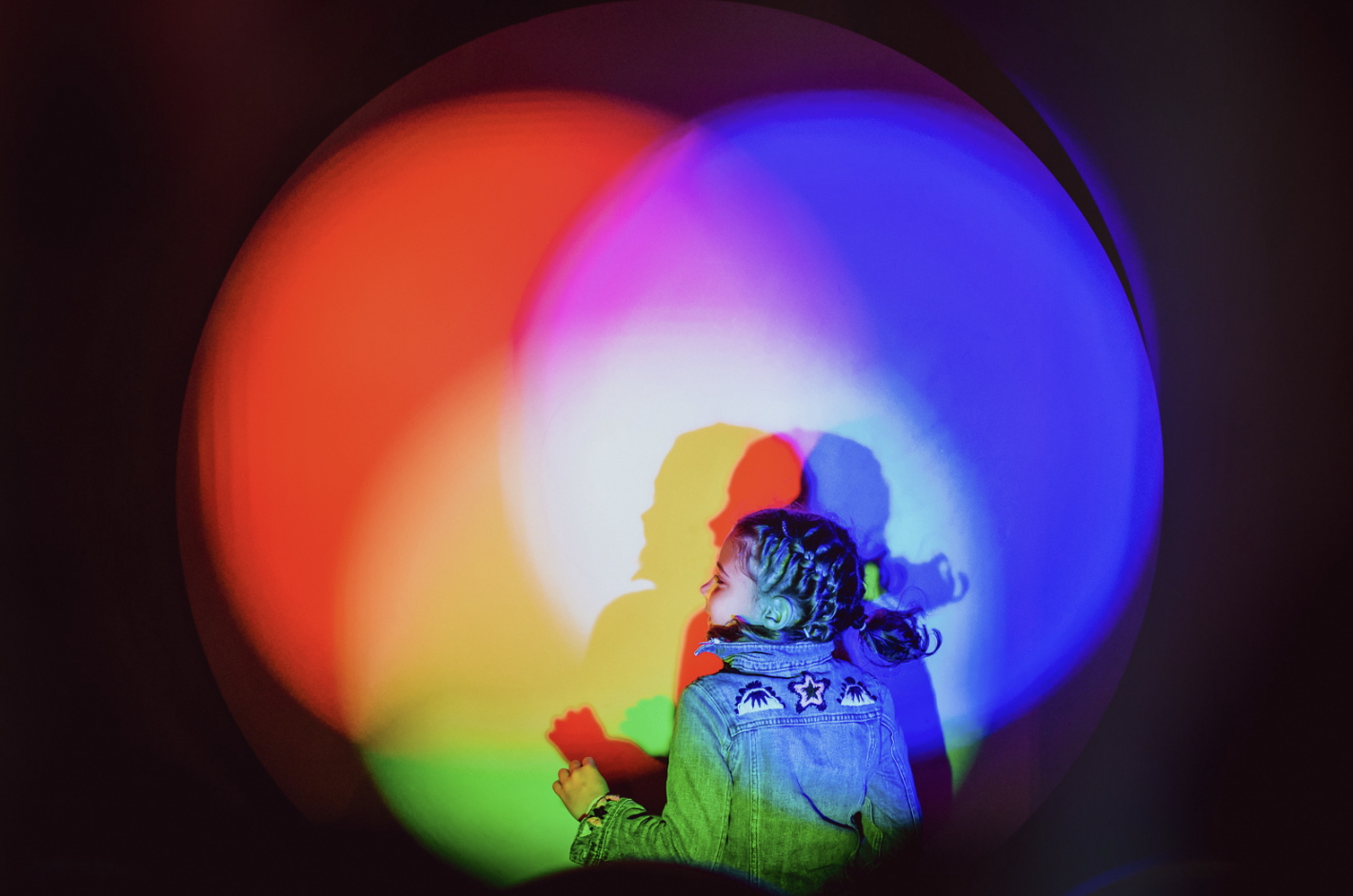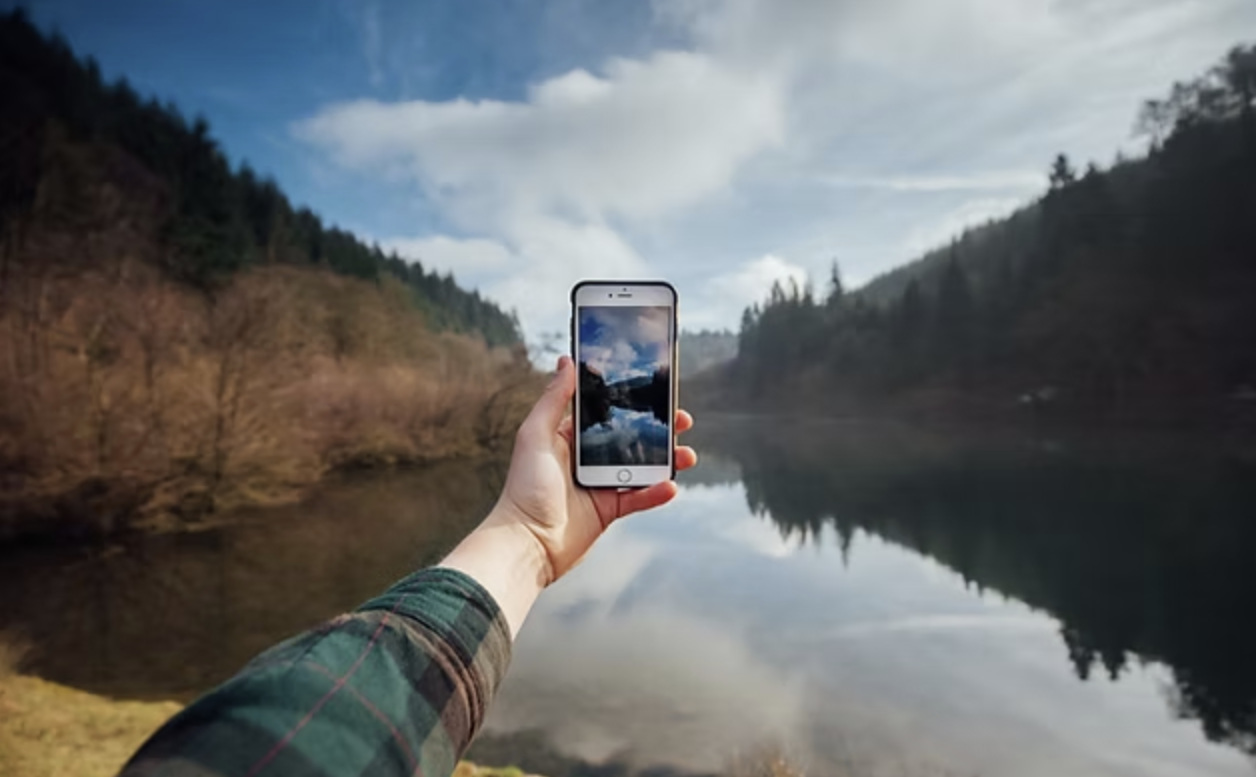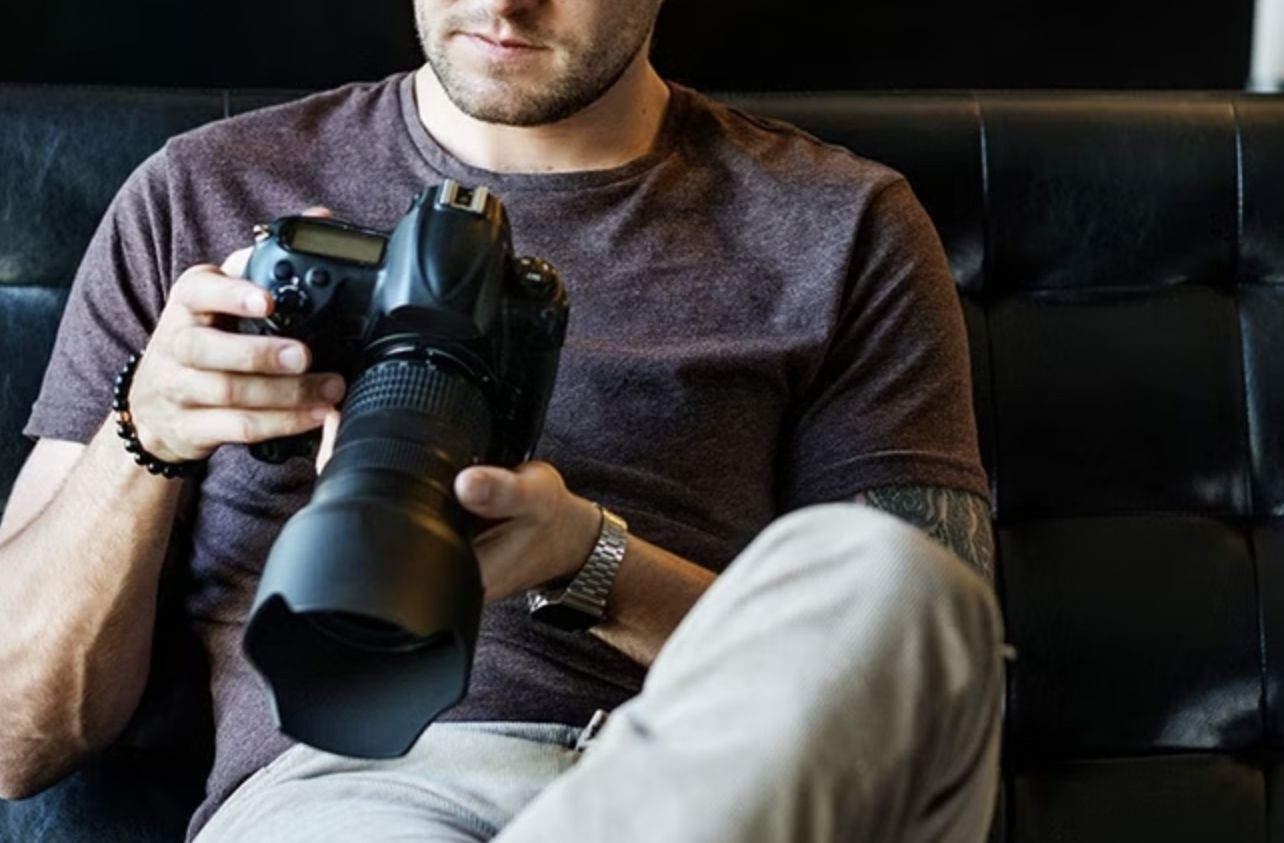
When you first get your hands on a DSLR, it can be overwhelming. The array of buttons and dials may seem intimidating at first, but at the heart of mastering your camera lies a simple concept: the exposure triangle. Understanding this fundamental concept will allow you to unlock the full potential of your new DSLR and help you capture well-exposed images every time.
The exposure triangle is the foundation of photography. Once you understand how aperture, shutter speed, and ISO work together, you’ll be well on your way to capturing stunning photographs. Let’s dive into these three essential elements of photography and explore how they interact to create perfect exposure.
Aperture, Shutter Speed, and ISO: The Three Pillars of Exposure
Your DSLR gives you full control over your camera settings, and knowing how to manipulate them can vastly improve your photography. The exposure triangle consists of three main components: aperture, shutter speed, and ISO. Let’s break each one down to see how they contribute to exposure.
ISO: Sensitivity to Light
In digital photography, ISO controls your camera’s sensitivity to light. The lower the ISO number, the less sensitive your camera is to light, which is ideal for bright conditions. For example, when shooting in daylight, a setting of ISO 100 or 200 is usually best. On the other hand, in low-light conditions, a higher ISO will help your camera gather more light, but it can introduce digital noise (grainy spots) into your image. Fortunately, more advanced DSLRs handle noise better at higher ISO levels, especially with larger sensors.
Shutter Speed: Capturing Motion
Shutter speed determines how long the camera’s shutter stays open when taking a shot, which directly impacts how much light enters the sensor. A fast shutter speed (like 1/4000s) lets in less light and is perfect for freezing motion, such as in sports photography. A slow shutter speed (like 1/30s) allows more light into the sensor, which can result in motion blur, giving a sense of movement in your shots. The key is balancing shutter speed with the right aperture and ISO to achieve the exposure you want.
Each shutter speed setting is a multiple of the previous one, either doubling or halving the time the shutter remains open. Understanding this helps you control motion and light exposure in your images. You can experiment with different speeds to see how they affect the outcome, such as capturing smooth waterfalls or streaks of light from passing cars.
Aperture: Controlling Light and Depth of Field
Aperture refers to the size of the opening in the lens that lets light in. The size is measured in f-stops, such as f/1.4, f/2.8, or f/16. The lower the f-stop, the larger the opening, allowing more light to enter the camera. Conversely, higher f-stop numbers result in a smaller aperture, letting in less light. Aperture also controls the depth of field in an image. A wide aperture (like f/1.4) creates a shallow depth of field, blurring the background and isolating your subject. A smaller aperture (like f/16) increases the depth of field, keeping more of the scene in focus.
Lenses play a role in aperture size too. Prime lenses tend to have larger apertures than zoom lenses, making them ideal for low-light conditions and achieving a blurred background.
How These Elements Work Together
Understanding how ISO, shutter speed, and aperture interact is the key to mastering exposure. For example, if you reduce your shutter speed to let in more light, you might need to close your aperture to compensate for the extra light. Similarly, adjusting your ISO can help you achieve the desired exposure in different lighting conditions.
These three settings are interdependent, meaning that a change in one will affect the others. If you want to maintain a specific exposure, adjusting one element may require adjustments to the other two. This is where the exposure triangle comes in—by learning how these elements work together, you’ll be able to control your camera’s settings with confidence.
The Bottom Line
To truly harness the potential of your DSLR, you need to understand how to balance ISO, shutter speed, and aperture. Once you’ve mastered the exposure triangle, you’ll find that your photography improves significantly. Whether you’re shooting in bright sunlight or dim indoor light, knowing how to manipulate these settings will give you full control over your images. So take some time to experiment with your camera’s manual settings, and soon you’ll be capturing perfectly exposed photos every time.


